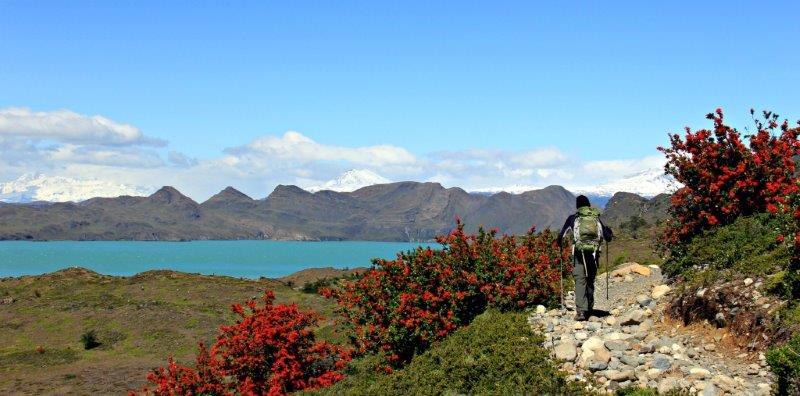 We tend to hike most places we go. In fact we tend to choose where we go because we want o either hike or eat, or if we are lucky both! This, our essential packing list, is the hiking gear we usually take with us when we travel.
We tend to hike most places we go. In fact we tend to choose where we go because we want o either hike or eat, or if we are lucky both! This, our essential packing list, is the hiking gear we usually take with us when we travel.
We have been hiking for years. It is a great activity at any age. You can choose trails to make it as strenuous or easy as you like, and it is an activity the whole family can enjoy. It’s a great way to explore another dimension of a destination. So before I get too carried away with singing the virtues of hiking, let’s assume you already agree with me and are going to hike.
We are big believers in being prepared (yes we were both scouts!). You honestly never know what you will encounter in the wilderness and the best laid plans are often met with the unexpected. We have never had any serious mishaps but we have had falls, encountered landslides, unexpected weather, had a car breakdown in the middle of nowhere (Outback Australia), lost the trail and even lost each other while hiking. None of these things are planned so better to just be prepared. Any one of these could have been serious; we have learned from them all and think we are better, safer hikers for the experience.
The 10 Essential Items for Hiking
In a very interesting survey of hikers, only about 18% of hikers carried what are known as the 10 Essentials, a list of what you should take on every hike. What are the 10 essential items for a hike?
- Food & water
- Whistle
- Insulation- extra clothing including rain gear
- A flashlight
- Sun protection- sunscreen and sunglasses
- First aid supplies
- Rope and tools (pocketknife at a minimum)
- Fire (waterproof matches to light a fire)
- Map and Compass
- Emergency shelter
Disclaimer: This post contains affiliate links.
Many of these items are lightweight. We carry a hiker’s first aid kit which has all the basics in it and we have added a pocketknife, compass and moleskin (for blisters) to it. This just stays in our pack.
On our daypack/backpacks the clasp at our chest has a built in whistle. We also tend to carry another whistle that just stays in the waist pocket of our packs. We carry a headlamp (flashlight you can wear on your head) just in case and this comes in handy sometimes on a normal hike when you encounter a cave. It also leaves your hands free so you can see to do things.
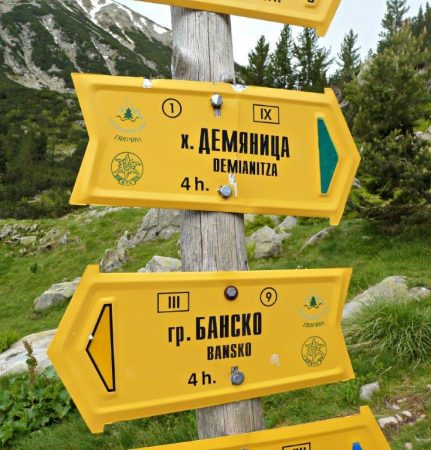 Maps and Safety when Hiking
Maps and Safety when Hiking
Finding a map with the level of detail we are used to in some countries is just impossible. Find the best one you can. If you are really uncomfortable with what you find for a map you can ask around and see if you can get more information, hire a guide or don’t go. Heading out with little clue where you are going is not always the best choice.
We laugh sometimes – what we are provided for a “map” would get us sued in some countries if you needed to be rescued. You would be deemed to have headed off totally unprepared. But it is what it is. Most of our scariest moments when hiking have been at home not while traveling. Not sure what that says but. . .
The other golden rule is to tell someone where you are going and when you will be back. When traveling this can be as simple as telling the front desk or sending a text or email to a friend or family member. The idea here is to think about if something went wrong- how long would it take for someone to notice you did not return. If you are going on a day hike tell someone where you are going and what time you expect to be back. And check-in when you return so they know you are safe. Many people have been found quickly this way and those who didn’t tell someone have spent many days missing before someone noticed. You don’t plan to go missing, so put something in place so someone can find you if it happens.
Personal Gear for Hiking
As we hike most places we travel we tend to carry this gear all the time and this is what we typically pack when we travel. Every now and then we discuss how much lighter our load would be if we didn’t hike. Then we have a great hike and realize why we carry hiking gear with us.
Trekking Poles
I am not sure how I ever hiked without trekking poles. I have only discovered them in the last 5 years. They are fantastic. They force you to walk more upright (especially when carrying a pack) which helps your breathing and spreads the weight taking pressure off your knees and enabling you to use your arms more. At the end of a long day of hiking I am less tired having hiked with poles.
And yes, we always carry poles. This doesn’t work if you want to just carry-on luggage as they are usually not approved for an airplane cabin. We tend to check our luggage (in my dreams I only carry enough to not need to check a bag!) so it doesn’t matter. We own a really lightweight pair of poles we use when we travel. The downside is they are not adjustable. We have a second, adjustable pair that are fabulous but because they weigh more we just use these at home. I am happy reducing the weight and using the travel pair. I still get the benefits of hiking poles and they are lighter weighing about 10-12 ounces.
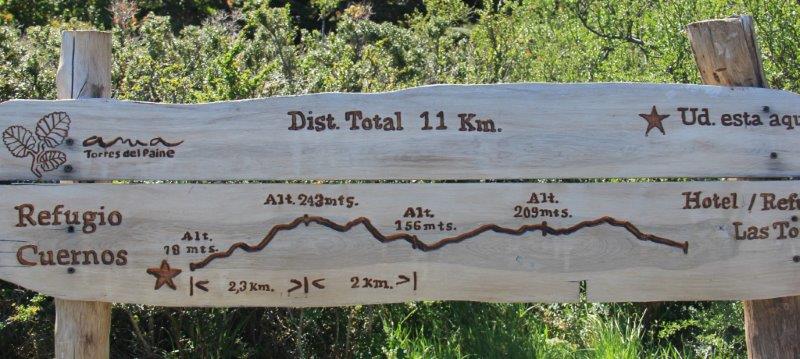 Rain Gear- Jacket, Pants and Hat (or Hood)
Rain Gear- Jacket, Pants and Hat (or Hood)
A good raincoat is essential and it doubles as my rain gear when I am just being a tourist. Good rain gear, stuff that won’t leak, is comfortable, and can be worn with your pack, is what you are after. Some people like rain ponchos, especially with a pack, that’s fine as long as it’s not windy. In Patagonia it is windy- a poncho is not going to work, trust me on this one.
Warm Coat
We each have a down fold up coat. It folds into its own pocket, is incredibly light weight and amazingly warm. Good zips and pockets are features to watch. Our down jackets are from Eddie Bauer.
 Clothing
Clothing
My favorite clothing for hiking is layers of merino wool clothing. I am a huge fan of IceBreaker, a brand of merino wool clothing from New Zealand. Outdoor wear is where Icebreaker got their start. Their clothing is designed to be layered. What I really like about it is it is comfortable and stylish. You can wear multiple layers and instead of looking bulky and having places where you have bulges in your clothing, it all lays flat. Even at the sleeves.
In addition, their claim to fame is you can wear their clothes and they never smell. This is great when traveling, you can usually get just one more wear out of it if you can’t get your laundry done. It is machine washable on the normal cycle. It doesn’t go in the dryer but we don’t use a dryer (nor do most places in the world).
Wool is good for both cold and warm weather. We wear their clothes in all types of weather. I wear the stuff constantly and always receive complements and asked what it is. Not cheap, but good value in my opinion. They make everything – base layers, vests, t-shirts, socks, underwear, you get the picture. Pants and shorts are about the only thing they don’t make. I have found sizing to be a bit variable, but I am generally happy with their gear and happy to recommend it.
Their manufacturing is sustainable and you can even trace the originals of your clothing from the tag. You can find them online, just use a search engine to find a retailer or e-shop.
A Backpack
A good comfortable backpack (with a good rain cover you can secure- if not it will become a parachute on your back). We use Osprey packs. I love their All Mighty Guarantee. “Any reason, any product, any era.” I think that says it all- you have a problem, send it back they fix it or replace it.
We use Osprey bags for our checked luggage as well and after several years- no problems. I got tired of having to get my suitcases repaired due to the rough handling by the airlines. I have even bought their backpacks for my young nephews. I figure they will have it forever. If anything happens they can get a new one and some lucky kid will get it someday as a hand-me-down.
You need to learn to adjust your pack properly and try it out before you go. Actually packing the pack is also important, put the heavy stuff low in the pack, the stuff you are going to use or need somewhere you can reach it easily. You can rent a pack when you are traveling, if you don’t have one, but I prefer to have one I know is comfortable and can organize to find my stuff. I also hike enough to justify having it in my gear. I don’t tend to camp so it is not a large backpack. Compression or waterproof bags inside your pack help you stay organized and your stuff clean and dry.
These back packs double as our carry on baggage when flying. For overnight hiking I carry an Osprey Kyte 46L pack (a women’s pack) and Mark’s is a Kestrel 48L.
We also own an Osprey Daylite pack which we use to run around during the day.
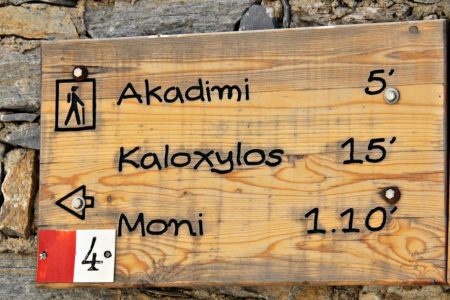 Proper Hiking Boots
Proper Hiking Boots
This is worth repeating- get proper hiking boots and break them in before you set off on your hike. Your hiking boots will be your best friend if they are comfortable and keep your feet dry, and your biggest nightmare if they don’t fit well or leak.
These are by far my heaviest item in my luggage and count as a pair of shoes. I usually end up wearing them on travel days to keep the weight of my luggage under the allowance. A pain, but I still think it is worth it to have good boots when I want to hike.
Warm Hat and a Neck Gaiter
If it cold and/or snowing you need something for your head. Find something you think is comfortable. I recommend wool as it tends to breathe better than the alternatives. Yes Icebreaker makes hats. I find a neck gaiter easier to manage than a scarf. You can pull it up to cover part of your face if necessary. Also good if you want to vent by opening the zip on your coat.
Gloves
I use a combination of wool liners (IceBreaker) and gloves. When it’s cold I can wear both, when it is warmer but too cold to have my hands out on my poles, I just wear the liners. The liners come in handy when skiing as well. Waterproof gloves are good if it rains.
Hiking Hat
We both carry a hat to hike in. Mark actually wears a hat most of the time which is a great habit. Me, I’m a bit lazier, but I do usually wear one hiking. It provides sun protection but also protection from ticks and other lovelies found in the great outdoors.
Ticks carry disease and they can be hard to find in your head. Wear a hat. Find one that is comfortable and stylish enough you will wear it (not just carry it around). Mark has a Tilley hat. A Canadian company, again with a fantastic guarantee, you lose it they replace it. They stand behind their product. He has had his for a long time and loves it. It wears well, run it through the machine and it looks like new.
I am using a hat I bought in Vietnam that I quite like, when I lose it, I may have to get a Tilley for myself.
Sunglasses!!!!
Not only are these better for your eye health, but when everything is ice and snow they are essential. Get a good comfortable pair and look after them. A good pair of sunglasses will last years.
Sunscreen
Sometimes it is better to bring this with you. It can be expensive some places or have limited availability. And it doesn’t work in your bag- you need to wear it!
Hiking Socks and Liners
I am a big fan of wool hiking socks and liners. Liners are usually cotton, silk or wool. I prefer silk but see what works for you.
If you get new boots you need to try them on with both layers, it does influence how your boots fit.
Liners help prevent blisters. The two layers of socks rub together, not the sock rubbing against your foot. I have not had a blister in years. We carry moleskin in our first aid kit and I usually end up sharing it with other hikers. If you have a problem with blisters, try liners!
and the ten essentials from the list above!
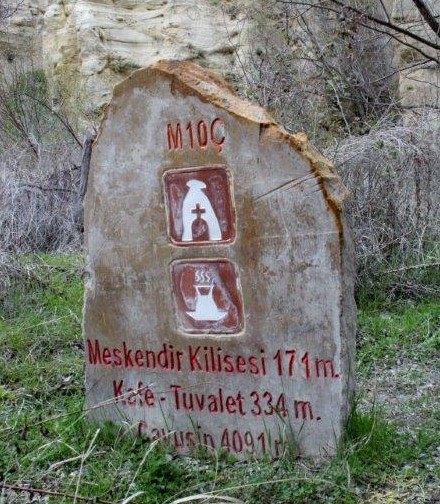
Buying Good Gear
I sincerely believe you should buy the best gear you can afford. One it will last longer. Seriously I have gear I have had forever. After 25 years I recently bought a new jacket, one that was lighter in weight, because technology had changed enough to warrant a replacement. There is nothing wrong with the other jacket. I can still wear it and do, and use it when not traveling. Fashion doesn’t really change (and is not really a consideration for me anyway) in outdoor gear.
Second, it will be more comfortable in the long run. You get what you pay for. Those cheap socks might seem like a bargain, they won’t be when you have blisters and sore feet. Get proper hiking gear you will be glad you did and enjoy your time outside more. I am not sure which company it is but their slogan is “There is no such thing as bad weather, just improper gear.” Think about that for a minute!
I am a big fan of REI. It is a co-op, you can join as a member (which gives you discounts and rebates among other things) or just shop there. They have a fantastic return policy. You can buy a jacket, try it out, if it doesn’t work take it back. No issues or hassles. That kind of customer service is priceless. Their REI branded gear is pretty good and can be cheaper than some of the alternatives. I have a day pack from them I have had for years that I have carried it all over the world. Not only is it still going, but it is in good shape. Clean and no broken bits despite taking a pounding. They started in Seattle and are common out west but have been expanding in recent years. You can also order from them online. Some items can be shipped overseas.
If you enjoyed this post and would like to learn more about some of the great places we have hiked around the world, you might enjoy:
Spectacular Hiking in the Bay of Fires in Tasmania (Australia)
How to Find Great Hiking in Bansko in the Pirin Mountains (Bulgaria)
El Chalten and Mount Fitz Roy: Argentina’s Hiking Capital (Patagonia- Argentina)
Torres Del Paine National Park: Hiking the “W” (Patagonia- Chile)
Hiking in Cappadocia (Turkey)
Top 5 Day Hikes Near Fethiye (Turkey)
In the Footsteps of the Incas: The Inca Trail to Machu Picchu (Peru)



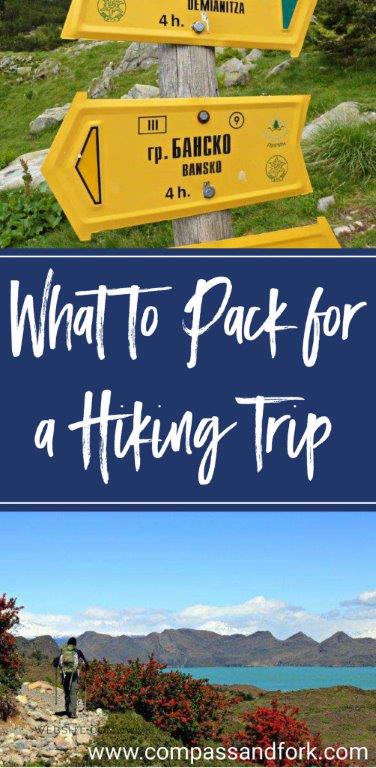
Leave a Reply